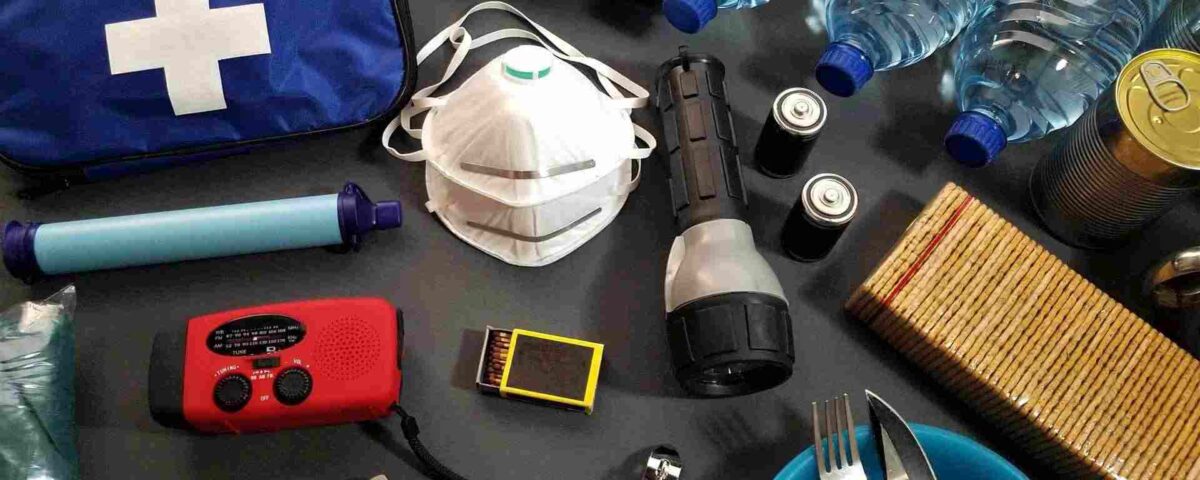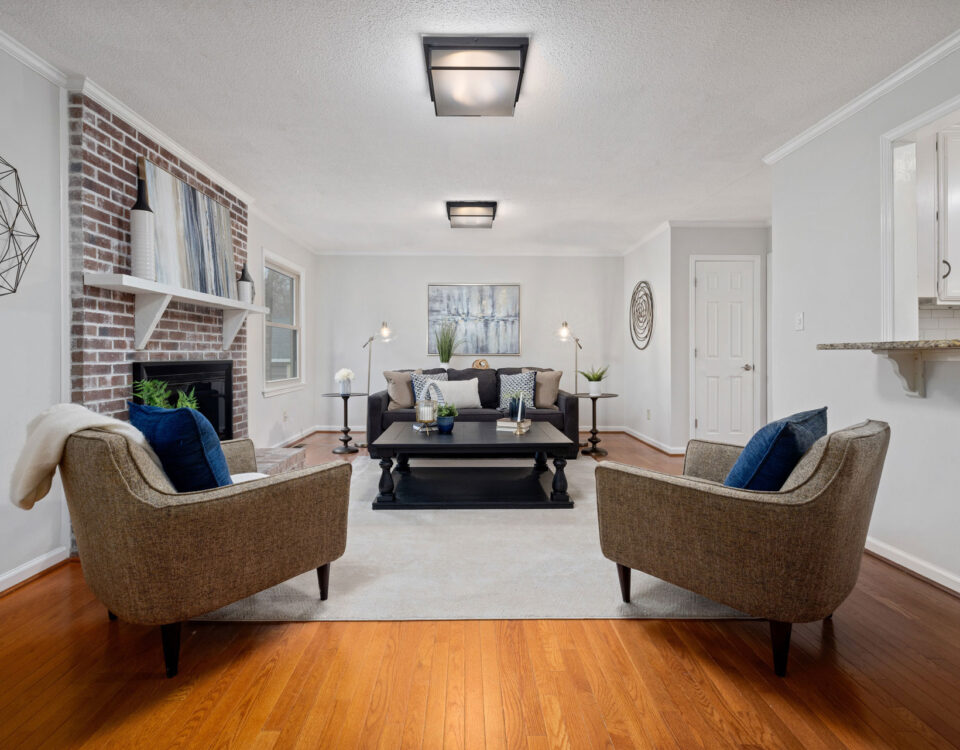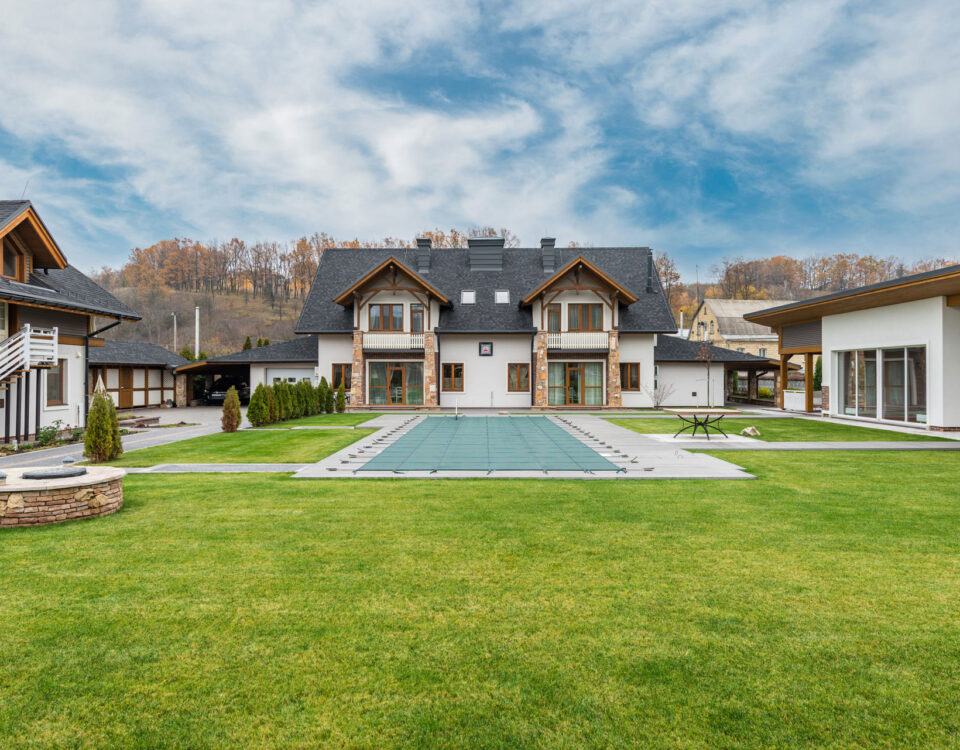Can You Find Your Disaster Plan?

Common Home Management Mistakes
May 10, 2023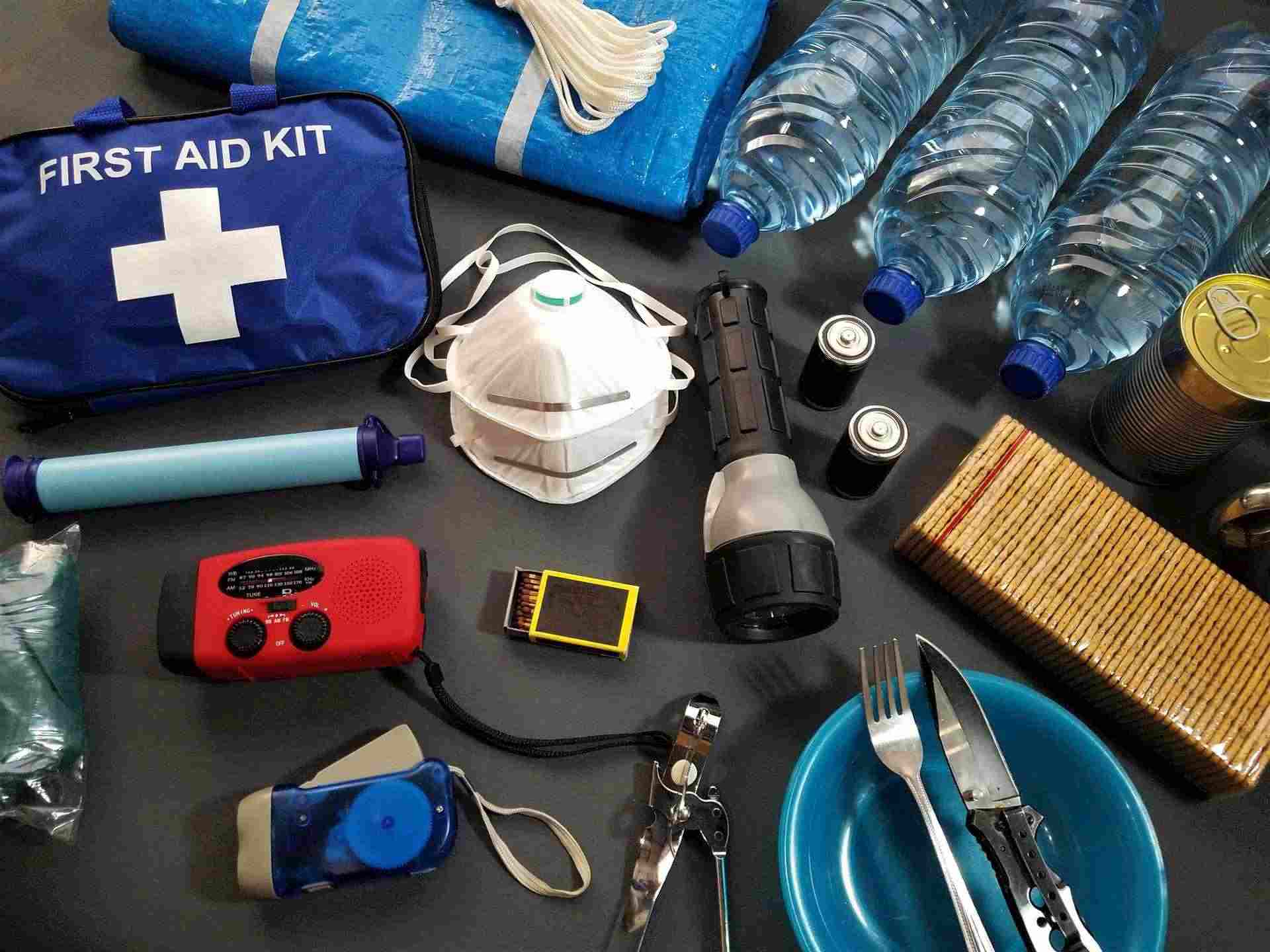
Oscar Wilde once said, “To expect the unexpected shows a thoroughly modern intellect.” We are besieged by the unexpected all the time, from the ankle you twist walking on uneven sidewalks to the flat tire you get when driving over an unseen nail, and, of course, it’s hard to plan for every emergency. That’s one reason we have insurance: when you get that unexpected broken bone or fender bender, you can be covered for unplanned expenses.
It's easy to see the value of health insurance and car insurance, but when you’re a homeowner, preparing for unforeseen disasters goes far beyond making sure you have the best policies and coverage. Sure, you might be wise enough to get flood insurance if you live near wetlands, but you can never anticipate every contingency. Take, for example, residents of Westchester County, New York. On May 19, 2023, a 2.2 magnitude earthquake hit the area. This sort of event is an extremely rare occurrence in the county, which is typically geologically stable, so residents were likely unprepared for the quake.
Events like this underscore the need to be prepared for anything. You never know when a natural disaster could strike, so it’s essential for homeowners to have both a clear disaster plan and a well-stocked emergency kit in case something unforeseen occurs. Read on for the best tips on what to include in your plan and your kit.
Disaster Preparedness Plans
Many Americans live in a part of the country that is vulnerable to certain kinds of natural disaster, from tornados to earthquakes to hurricanes, you may already know if your home is at risk. But even if you do live in one of these areas, do you have a comprehensive plan to deal with one of these incidents? Do you and your family know what to do if one of these disasters – or something you might not even be thinking of – were to happen to your home?
The American Red Cross recommends a simple three-step strategy to create a disaster plan for you and your family. If you follow these steps, you can help ensure that you and your family are prepared for potential disasters, and that you can respond to them calmly and appropriately..
1. Discuss
The first thing you should do is talk to your family about what types of emergencies you may face and how to prepare and respond to them. Do some research to see what types of disasters are likely to happen in your area. Some of these threats are based on geography (certain areas of the country are more susceptible to tornadoes, for example, and you likely won’t need to prepare for volcanic eruptions
if you don’t live near a volcano). But other potential disasters are independent of geography: power outages, chemical spills, food safety emergencies and epidemics can strike almost anywhere.
Once you’ve identified what you think are the greatest risks in your area, have a conversation with your family about what to do and how you’ll work together. Define the roles each person will play, talk about how and when the plan will be implemented, and discuss how it will potentially change. Settle on matters such as:
- Under what circumstances you’ll need to evacuate your home
- Where to meet if you do evacuate
- How to communicate with each other in the event of an emergency
- What to do about any special needs your family members may have
- What to do about any family pets

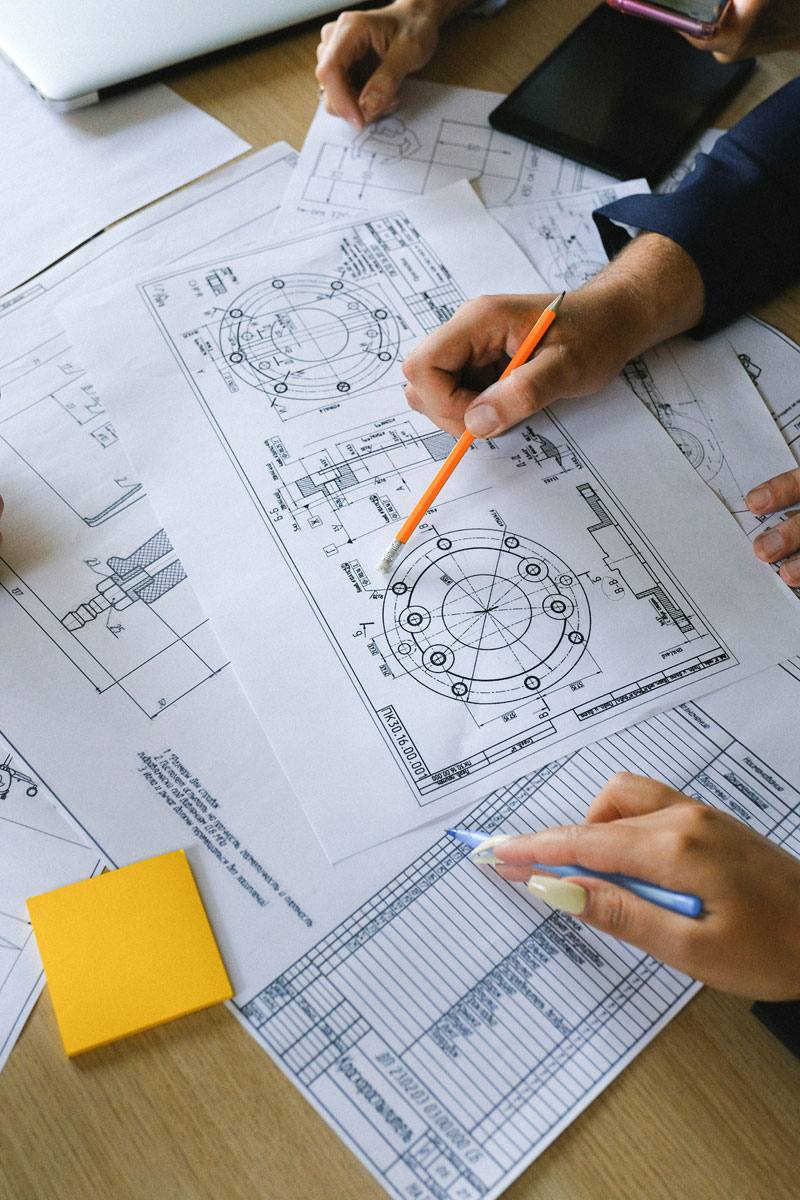
2. Identify Responsibilities
Much of the most important preparation for an emergency occurs well before disaster strikes. If you plan ahead, you can share the responsibilities and ensure you are ready for almost any circumstance. Consider the following responsibilities, and assign them to appropriate members of the family:
- Make a map of your emergency evacuation route and meetup spots
- Become trained in first aid and CPR
- Prepare your emergency kit
- Make a list of emergency contacts
In the event of an emergency, the entire family must work together. But if you don’t have a plan in place, each family member may not know what to do. Some may panic and do nothing. In order to avoid as many problems as possible, consider the following responsibilities and decide who will handle each of them:
- Monitoring local warning systems (such as texts alerts from town or state government)
- Grabbing the emergency kit
- Getting in touch with an emergency contacts
- Taking responsibility for any pets you may have
If each member of the family knows their responsibilities before and during an emergency, your response will be smoother and more comprehensive, and you’ll put yourself in position to be calmer and safer
3. Practice
There’s no secret to why both children and adults practice fire drills at school or at work. In the event of a fire, everyone needs to know what to do and where to go. During an actual emergency, things can get pretty chaotic, and people can panic, so being able to fall back on the practice you had when you were calmer is very helpful.
For the same reasons, you should practice your emergency plan. Schedule two practices a year. Go through all the steps of the plan to make sure everyone knows what to do and to ensure you haven’t forgotten anything. In addition, you’ll want to make sure you update your emergency contacts regularly and check your emergency kit every three months.
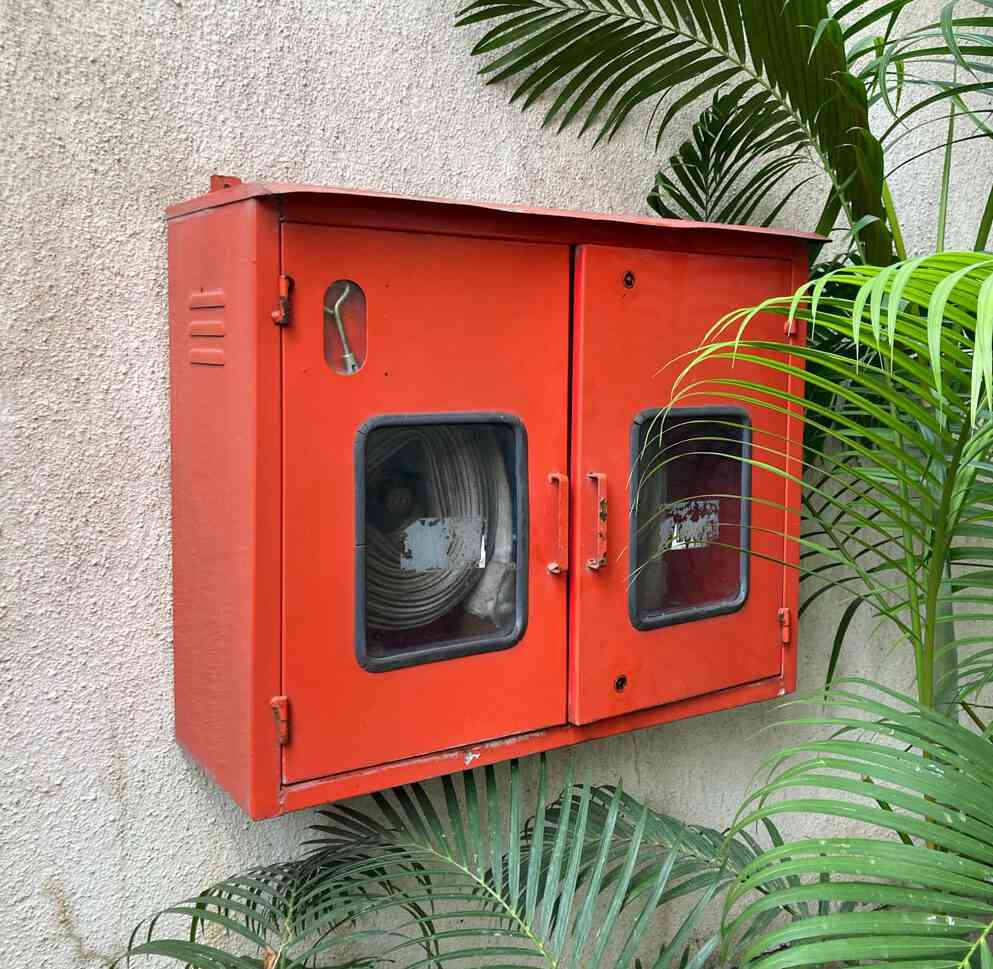
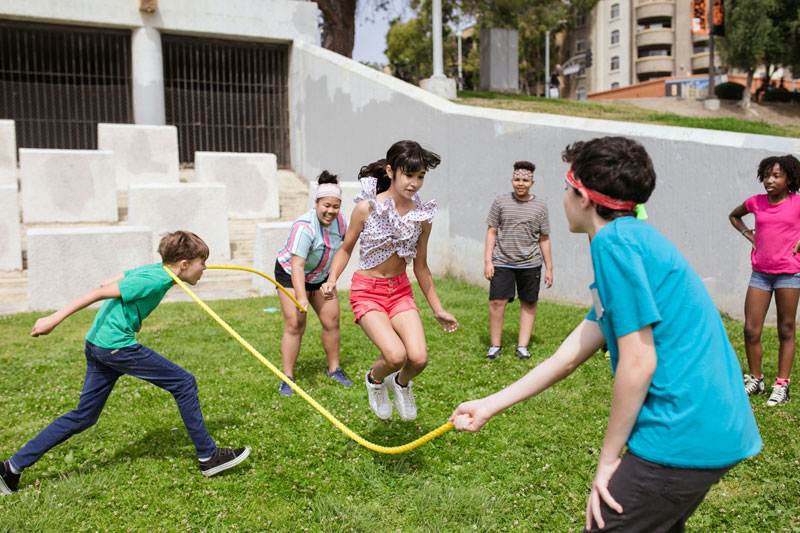
Emergency Kits
In addition to having a plan of action, you and your family should create emergency kits to have on hand in case you are faced with an emergency situation. Keep this kit in a handy location and make sure everyone in your family knows where it is. Designate one family member as the person to grab the kit when necessary and make sure to make this part of your biannual practice. And make sure you check the contents of the kit every three months or so to make sure you don’t have to replace or update any items.
According to Ready.gov, your kit should include the following:
- Several days’ worth of food for each family member
- At least one gallon of water per person, per day (several days’ worth)
- Battery-powered (or hand crank) radio
- Flashlight and extra batteries
- Phone chargers
- First aid kit
- Masks
- Garbage bags
- Maps
- Prescription medication
- Cash
This is just the beginning of a list, so check with the site for more ideas. Also, you’ll know if you need items specific to your family, such as pet food, warm sleeping bags, contact lenses, etc. Remember, you may need to be prepared for several days away from home, so think about what you might need if your kit needs to last you for a few days.
Picture Credits:
- "first-aid-and-surival-kits-5125690" by Photo by Roger Brown from Pexels
- "woman-in-blue-denim-jacket-sitting-on-white-couch-5217831" by Photo by Antoni Shkraba from Pexels
- "business-partners-working-on-schemes-and-charts-on-papers-5324972" by from Pexels
- "https://www.pexels.com/photo/a-group-of-kids-playing-jumping-rope-8034585/" by Photo by Kampus Production from Pexels

